A look back: Verena Blok

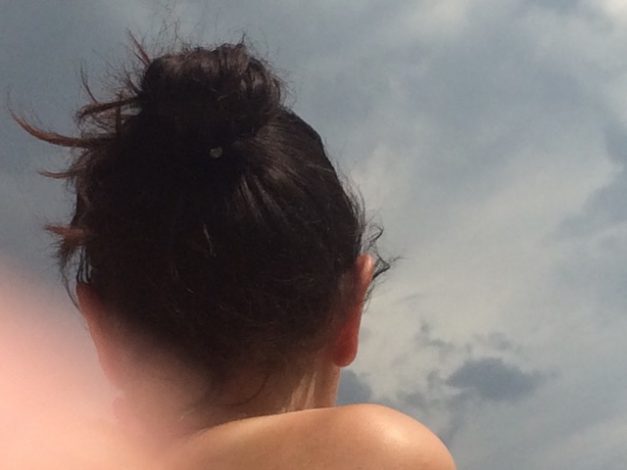
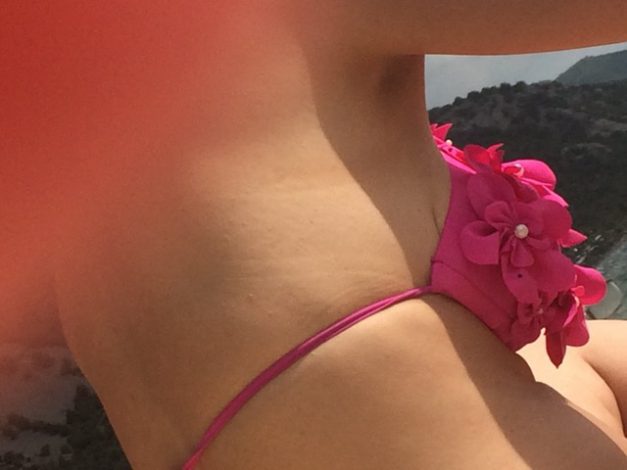
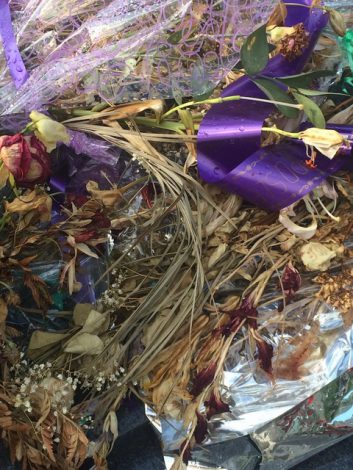
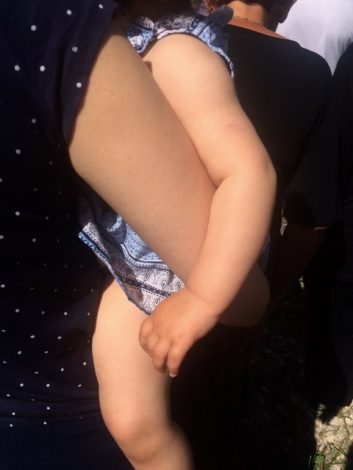
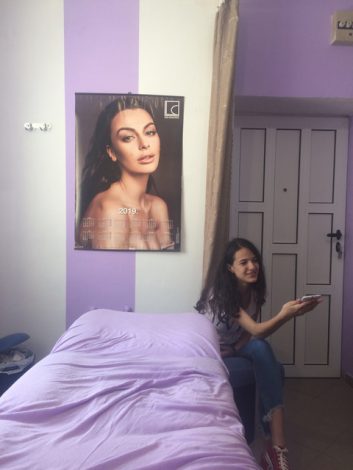
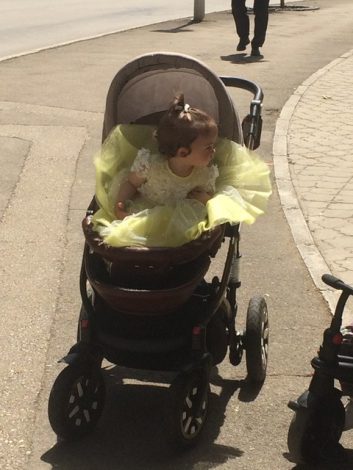
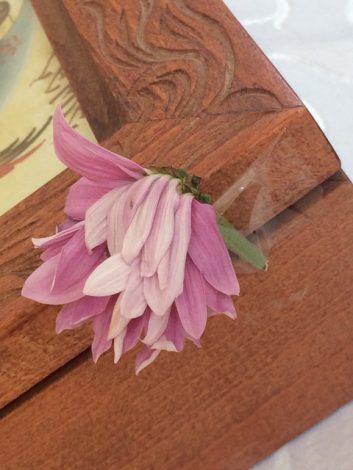
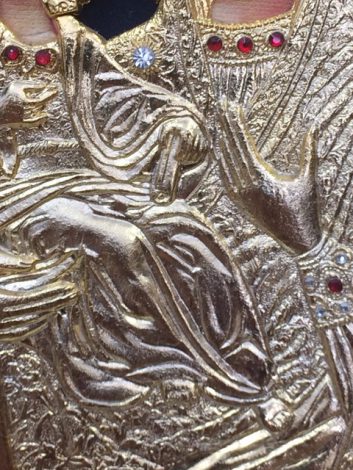
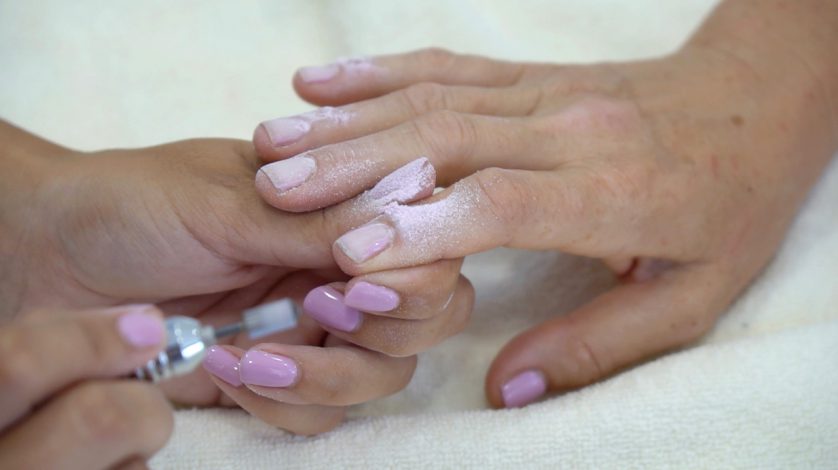
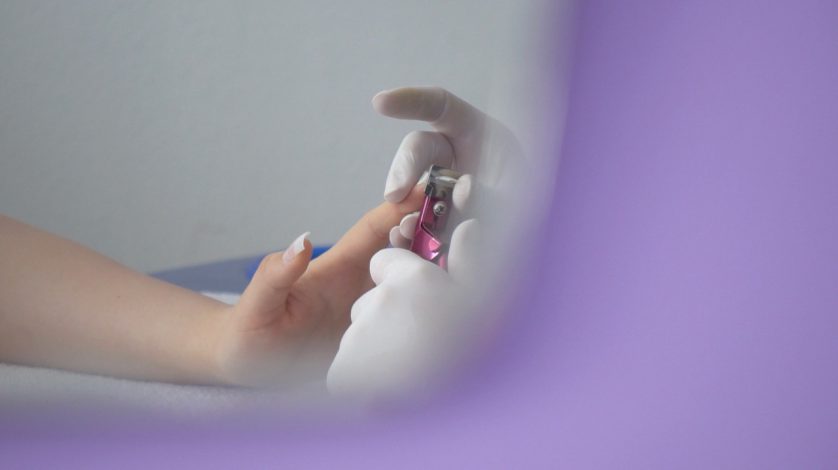

Excerpts from Verena Blok’s look back to her residency at KAMEN in June 2019:
“During my stay at KAMEN, my intention was to research the representation of femininity in religious contexts and the way in which this is implemented in contemporary culture.
Although the one-month residency was short-lived, I succeeded in producing a great deal of material that has brought me new insights that will affect my future projects. I discovered and recognized many common aspects and themes in Herzegovina from my Polish background that overlap in both my private and professional life. The stay at KAMEN Artist Residency has given me a different perspective on my practice, so that I have been able to make unexpected connections, have gained inspiration, have been able to work out new ideas and have had time to reflect on them in peace. The encounters, experiences and places have left a lasting impression on me.
During the residency I continued to study moving images. During the services in a local church, I filmed the arms of mothers who are holding their baby, and their body parts seem to be intertwined. In addition, I went to various nail salons, a place that is popular with women of different ages and social classes, and regularly visited (in Herzegovina, but also in Poland and other Eastern European countries). The artificiality of the nails forms the basis of the many contradictions that I have discovered: the implied aesthetics of the nails, which almost serves as a form of sublime, also radiates a certain aggressiveness and a non-pragmatic attitude. A young woman who submits her hands to the manicurist of another generation functions as a surrender: taking care of the other’s hands and feet is an intimate, artisanal act in which the touches are carried out with a certain precision, care and softness. The silence, concentration, conversations and mutual trust exist in an environment that in fact only belongs to women.
In addition to the nail salons, I noticed another location with regard to female representation: the beach. It is a unique space that makes it possible to show the female body, regardless of age and shape. Where there are strict rules and taboos in the church, these do not apply on the beach. Women’s bodies in all shapes and forms, old and young, move in the domestic circles of children, mothers and grandmothers, half-naked in the sun and in the water, away from imposed social norms such as makeup and clothing where the body can exist without embarrassment. I observed different families with an elderly lady who was central, an archetype baba (grandmother), sometimes with sunglasses and a cigarette, who kept an eye on everything. I find the prevailing taboo and censorship on the body of an old (er) woman an interesting paradox in contrast to the always present young female body, such as in the iconographies of Saint Mary, in which she is structurally depicted as a timeless virgin. Apart from the nail salons and the beach, I found the symbolism and kitschiness of flowers and other decorations in various religious places, and I have photographed them.”





























